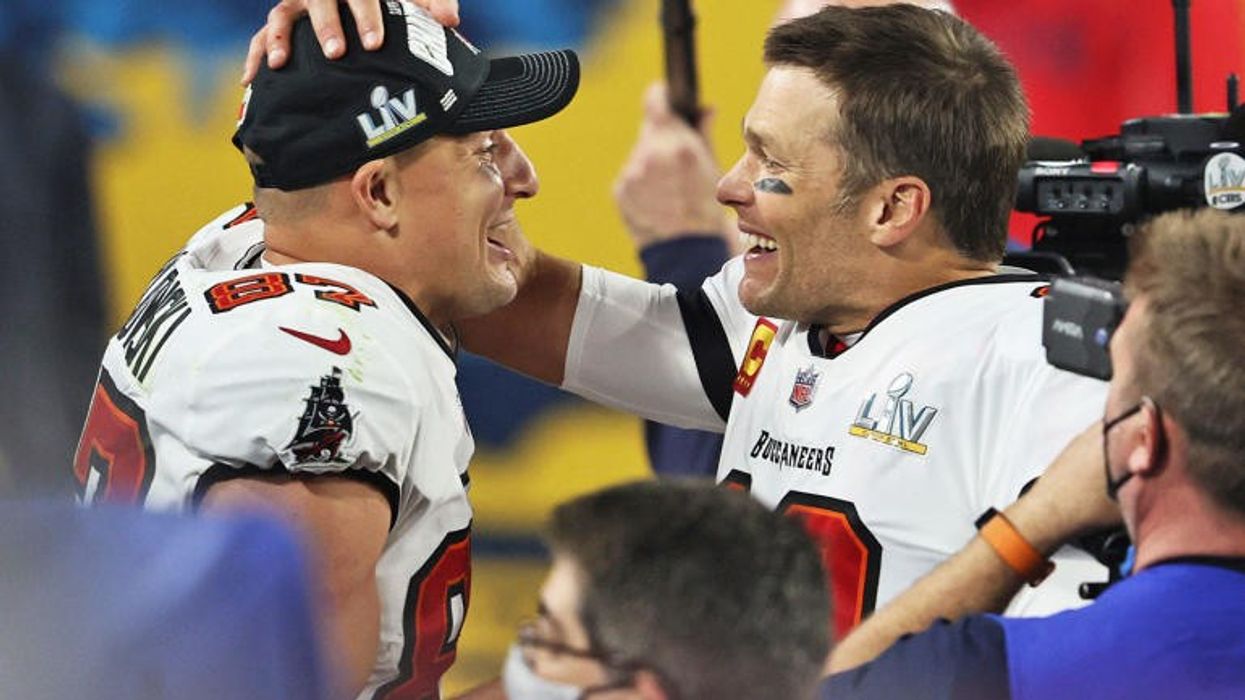Sony's New Alpha 1 Touches Down at Super Bowl LV
The Sony A1 made its debut on NFL's biggest stage.

Earlier last week, CBS detailed the staggering amount of cameras that would cover Super Bowl LV, a game where the Tampa Bay Buccaneers handily beat the Kansas City Chiefs 31-9.
While Tom Brady snagged his seventh ring and fifth Super Bowl MVP, a late addition to the broadcast coverage included Sony's new full-frame Alpha 1 mirrorless camera, which started seeing initial reviews roll in.
The release of the 50MP camera has come as a surprise for many since the video-centric a7S III was only announced months ago. Sony's new flagship packs a serious punch though, with a stacked sensor capable of recording internal 8K 30p 10-bit 4:2:0 video. The powerful camera was used to capture many of the game's shallow depth of field shots alongside two Sony VENICE cameras which were mounted on a Steadicam or a MōVI handheld rig.
Check out the Sony VENICE in action.
According to SVG, a single Sony A1 was paired with a MōVI handheld rig to capture the shallow depth of field shots that were mixed into the broadcast. While watching the Super Bowl we couldn't see a discernible difference between the VENICE and Sony A1, but noticed the A1 was used during the touchdown celebrations and pre-game shots in a similar fashion to how Fox uses the a7R IV for its broadcast.
In testing the Sony A1 prior to the game, Jason Cohen, VP, remote technical operations, CBS Sports, said, “The operator has been blown away by how cool it is and how fast the autofocus is. He said it’s amazing because he literally just touches a screen to select the subject that he wants it to focus on and it is instantaneously locked in the focus.”
The Sony A1 was also used by photographers on the field, including New York Times still photographer Doug Mills, who posted images of the game on his Instagram page.
What do you think of the shots? Let us know in the comments below.












